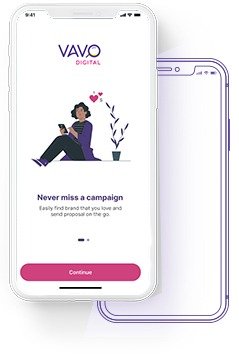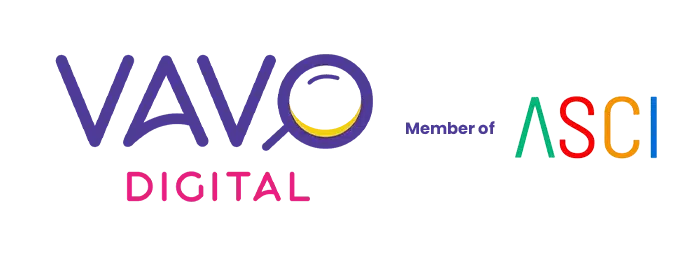
ASCI Introduces New Guidelines For Influencer Marketing Industry!
The newness has become a part of the digital marketing world. Every day you wake up, you are witnessing some new changes and marketers adapting to the same. It’s like there is no pause button here. But people, however, enjoy these trending and frequent changes.
And one cannot afford to miss out on adapting to these changes, not even mistakenly. They say life is like a roller coaster ride, but we guess the world of digital marketing is something else. One just enjoys every ride, no matter how long or short it is.
And it looks like, encouraged by digital marketing, the world of influencer marketing has started seeing some new changes every day too. Believe us, we are not kidding!
Now, let’s be honest. We all know that influencer marketing is gaining immense popularity. It has literally managed to change the creative thinking of every marketer. Today, from small to big brands, everyone is looking for successful and interesting collaborations with influencers.
We know what you are thinking. How do small brands or startups manage to collaborate with celebrity influencers within a limited budget? Well, they don’t need to. The influencer marketing industry is bombarded with a huge number of influencers. They are categorised as nano influencers, micro influencers, mega influencers, and celebrity influencers.
Many people wonder that nano and micro influencers cannot make for a successful collaboration. To put it simply, this is a really big misconception people are living with. These influencers have a really good reach and are always curating authentic content. Moreover, their followers find them more engaging and trustworthy as compared to mega and celebrity influencers. Sounds interesting, right?
However, we all know that there are always people who are misleading customers in some or the other way. Well, it may happen to brands and influencers unknowingly too. One of these things is the promotional posts. Since we are talking about digital, we all know that social media rarely tells us if a post is promoted or not, especially when it is an influencer-brand collaboration.
This sometimes lets the audience fall for the fake claims too. Honestly, it is the other way of avoiding marketing ethics and discipline.
Keeping this in mind, ASCI, The Advertising Standards Council of India, has issued new guidelines for influencer marketing.
Social media influencers will now have to add a disclosure label to clarify that their post includes paid promotion. Second, these new guidelines will come into effect from 14 June 2021.
We know you are wondering how brands and influencers are going to do the same. Let us explain it to you.
When an influencer is promoting a brand’s product, he/she needs to put up the promotional disclosure in such a way that it doesn’t miss the consumers’ eyes. This disclosure label must be there for a minimum of 3 seconds. And in the case of 2 minutes or longer video, the disclosure label needs to be there for the entire section where the product is being promoted.
The promotional disclosure should be for ads, sponsored posts, free gifts, collaborations, partnerships, or any other kind of promotional post. And it should be very clear to the audience.
To add on, these disclosures should either be in English or the language of the advertisement. Looks like the ASCI is really adamant about these guidelines.
But what about audio posts or advertisements? Well, here, the disclosure should be said at the beginning and end of the video. ASCI is surely taking care of these guidelines very well.
It has also been said that it is easier to distinguish the advertisements in newspapers or televisions, but it is difficult to distinguish the same on social media platforms.
Social media is filled with different forms of content and the audience has the right to know if a particular post is promoted or not. For example, if a fashion influencer is promoting a product of a clothing brand, her followers will surely trust her recommendations. But now, a question arises for the same. Has she checked the product and brand properly before promoting it? Is she making a false claim?
This is another reason why ASCI wants brands and influencers to adhere to their new guidelines. Because it has become important to differentiate between an organic and promotional post. Adding on, they even intend to bring two things to the limelight with the introduction of these guidelines:
1) Transparency in influencer marketing
2) Elevating the trust between brands, influencers, and consumers
Now, you may be wondering how brands and influencers have reacted to this? Surprisingly, both of them have been extremely positive about these guidelines. And we think it is just amazing!
Many consumers really trust brands and influencers blindly. So, it is even important for both of them to stay true to the marketing ethics and be open about the kind of content they are promoting.
Believe it or not, but the audience always looks up to those who put up the true and authentic information about themselves. If this can’t encourage the brands and influencers to be their true version, then we don’t know what will!
Let’s just see how these guidelines are going to bring a massive change in the influencer marketing industry!




